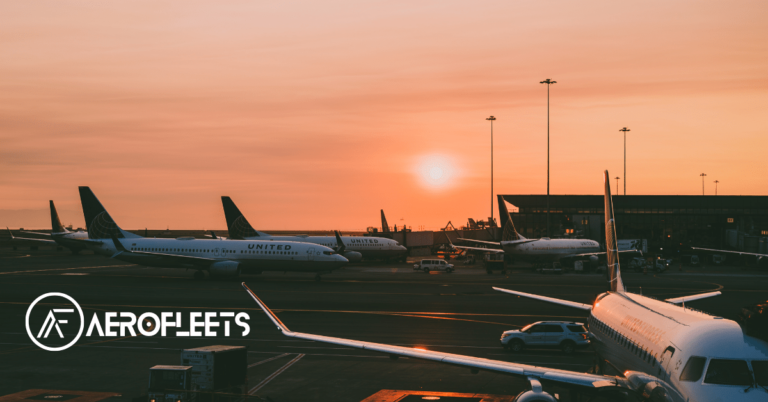Introduction
The complexity of international aircraft certifications has grown significantly in the last few decades. With the rise of global aviation, airline companies have to comply with a multitude of rules and regulations of multiple countries. Navigating this labyrinth of regulations can be a daunting task. However, with the right strategies and resources, companies can overcome the challenges of international aircraft certification and streamline the process.
Overcoming Challenges of Multinational Aircraft Certifications
The aviation industry is increasingly globalized, with airlines having to comply with the standards of multiple countries. This means that certifying an aircraft requires navigating a complicated web of regulations and authorities. For instance, the European Aviation Safety Agency (EASA) has a different set of standards than the Federal Aviation Administration (FAA) in the U.S. Companies must understand and adhere to the various requirements from each authority to ensure their aircraft is certified properly.
Another challenge is the language barrier. As airlines operate in multiple countries, understanding the various rules and regulations can be difficult, especially when documents are written in foreign languages. Companies need to be able to identify and understand the local regulations to ensure their aircraft is compliant.
Finally, the cost of compliance is a major concern. In order to certify an aircraft, airlines must fund the necessary testing, which can be expensive. Companies must factor in these costs when evaluating the feasibility of certifying an aircraft.
Navigating Complex Rules of International Flight
In order to successfully certify an aircraft, airlines must understand the local regulations and authorities. For example, the FAA is responsible for certifying aircraft within the United States, while the EASA oversees certifications in Europe. Companies must familiarize themselves with the regulations and requirements of each authority to ensure their aircraft is certified properly.
Another crucial factor is understanding the language barrier. In order to navigate the complex rules of international flight, companies must be able to read and understand documents written in foreign languages. This can be a difficult and time-consuming task, but with the right resources and strategies, companies can overcome this challenge.
Finally, it is important to be aware of the costs associated with certifying an aircraft. Companies must be prepared to invest in the necessary testing, in order to ensure the aircraft meets all the requirements and is compliant with the local regulations.
Streamlining Aircraft Certification Processes Globally
The complexities of international aircraft certifications can be daunting, but with the right strategies and resources, companies can streamline the process. One way to do this is to work with a specialized consultant who can provide expert advice and guidance on navigating the various regulations. These consultants have knowledge of the local regulations and requirements, as well as the language barrier, and can help companies identify potential problems and determine the best course of action.
Another way to streamline the process is by utilizing technology. Companies can use software platforms to manage documentation, track projects, and keep track of deadlines. These tools can help airlines stay organized and ensure they are meeting the requirements of all authorities.
Finally, companies should consider investing in training and certification programs. These programs can help airlines understand the regulations and requirements, and can help them quickly identify and resolve issues.
Conclusion
Certifying an aircraft for international flight is a complex process that requires knowledge of multiple regulations and authorities. Companies must understand the local rules and regulations, as well as the language barrier, in order to ensure their aircraft is certified properly. With the right strategies and resources, however, companies can streamline the certification process and overcome the challenges of multinational aircraft certifications.





0 Comments